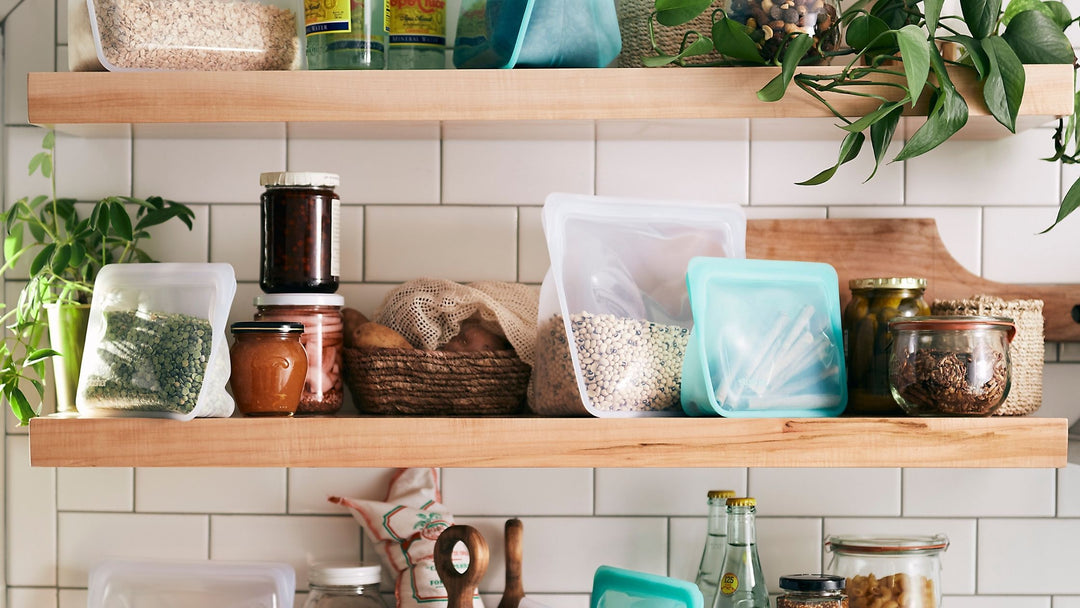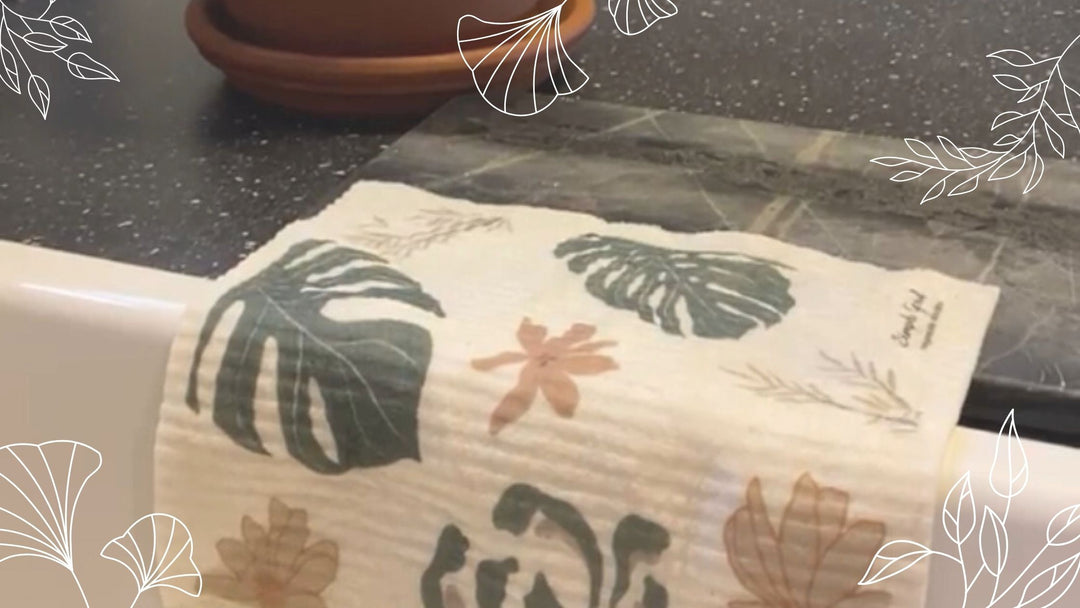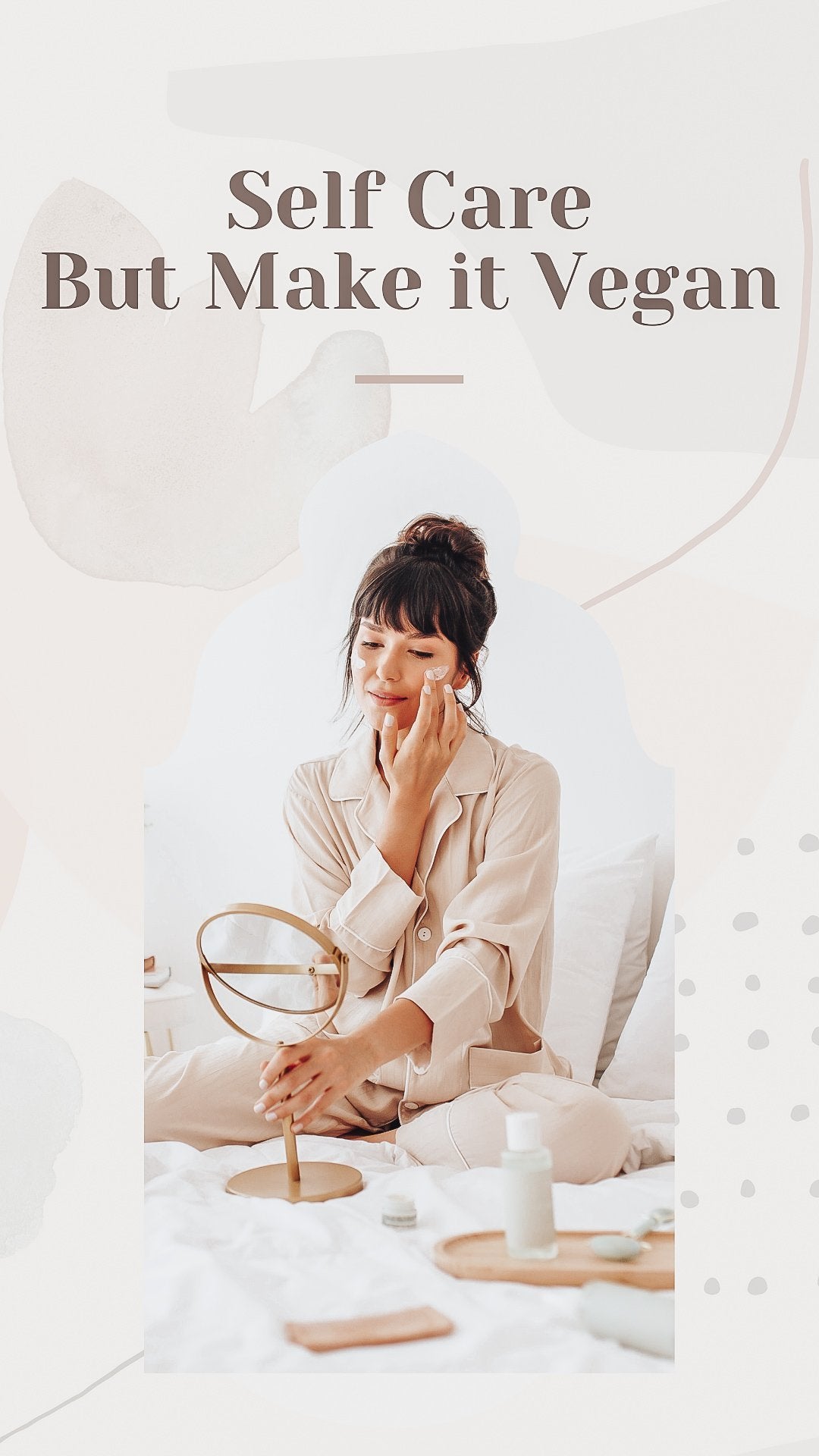Recycling on Long Island - Learn More About Our Problem with Waste
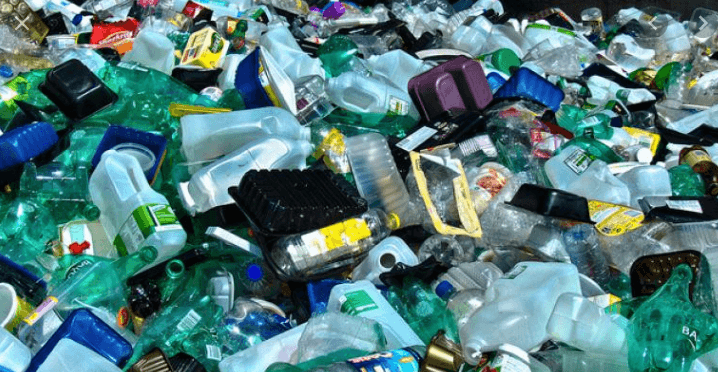
Everyone is familiar with the term Reduce, Reuse, Recycle. But thanks to clever marketing tactics, we tend to completely glance over the first two words in the phrase. Why? Because there's one word from that phrase that sells more products...
When we take the time to recycle, we feel good about it, as if we were doing our part for the planet. We imagine that once we put our recyclables by the curb, it gets picked up and recycled or upcycled into something else. But, only 9% of the world's plastics have been recycled. Recycling is a business. In order for something to be recycled, there has to be a demand in the market for that material. Certain materials like glass or aluminum can be recycled over and over again without losing quality. However, plastics are very different and can only be recycled a limited number of times. Far too often, it is cheaper to use virgin materials than it is to use recycled materials.
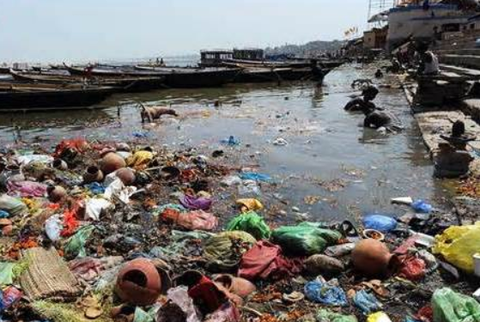
As of January 2018, China, the largest buyer of recyclable paper and plastic, stopped accepting our recyclables if the contamination rate is over 1%.
Malaysia then agreed to accept our plastic. This acceptance lasted only 3 months – due to the horrendous quality of our recyclable bales! This means that virtually ALL our waste is either in some kind of “holding pattern”, or, is being sent to the landfill or to Waste to Energy Plants.
Many plastic items take 100s of years to even start breaking down. Plastic never fully degrades - it photodegrades - which means the particles just get smaller and smaller. These microplastics wind up polluting our oceans and ground water and according to a study done by the University of Newcastle, we ingest 5 grams of microplastics every week. That is like eating the equivalent of a credit card!
Did you know some of the top items that wind up at the Recycling Plant are: Christmas lights, water hoses, dead animals, dirty diapers, bowling balls, shower curtains and shredded paper - and, none of them are recyclable!
Single use plastic is the worst of all plastics due to the fact they are used only once - yet take 100s of years to decompose. Typically made from cheap, non-recyclable plastic, single use plastic has become a norm in today's society and satisfies our obsession with “convenience.” We often do not stop to think about the true cost of convenience. Let's explore...
Is it more convenient to drill the earth for oil, ship it to a refinery, refine the oil, make it into plastic, shape the plastic, assemble it, ship it (from China) to a distributor here, unpack it, store it and give it out…?
OR…does it make more sense to just bring your own cups, water bottle, bags, reusable straws, etc from your HOUSE…?

Ever wonder what those numbers inside the recycling triangle actually mean?
The number inside the triangle (if you can see it) is a resin identification code that is used to help recycling plants sort materials. Recyclable plastics are labeled with numbers 1-7 to tell workers what kind of plastic it is, and how it should be processed. But it also helps recycling collectors determine what items they can accept — and which ones go in the trash.
On Long Island – only plastics numbered 1, 2 and 5 can be recycled curbside. It is a shame to think how few plastics we use on a daily basis are actually recyclable.
There are many rules when it comes to recycling – and I’m not gonna lie – proper sorting can be frustrating and time-consuming. It also helps if the people you live with are on board and understand the rules - otherwise, you might find yourself also spending time correcting and then re-sorting!
You must rinse off and sort all your plastics, aluminum, paper and glass. Don't forget to discard the caps (in some cases) and take your glass to a special facility to be recycled, since Long Island municipalities no longer pick up glass curbside.
Did you know there are about 18 different types of paper and many rules as far as what paper is accepted for recycling? Just like plastic, the paper must be clean. This means no pizza box bottoms! You can go the extra mile and recycle the tops if they are clean.
A common misconception about paper recycling is that juice and egg cartons can be recycled. The fibers in egg cartons are too short to be strong enough to make it through the recycling process. If you compost or garden, you can reuse the egg cartons to plant seeds, then, compost the egg carton. Juice cartons actually have a plastic coating, as do paper plates and cups - which renders them unrecyclable.
Sorting your trash is extremely important! If you sort, but do not rinse off the containers, you risk contaminating an entire bale of containers! In 2017, the UN blamed China for sending more than 7 million metric tons of plastic into our oceans. The source of the plastics were coming from China’s illegal recycling plants that took contaminated plastics and dumped them into China’s main rivers – which eventually empty into our oceans. The cause of the contamination? The US's improperly sorted and dirty plastic waste, clogged China’s sorting machines, slowed down the workers, and created contaminated bales of recyclables. In order to not slow down productivity, the illegal Chinese recycling plants dumped the contaminated plastics into the rivers.
In order for China to accept recycling, they must have less than a 1% rate of contamination. ONE rogue contaminated recyclable can cause an entire BALE to go to the landfill.
What happens to waste that doesn't get recycled? Municipal solid waste (MSW), often called garbage, is used to produce energy at waste-to-energy plants where garbage is burned and converted into energy. MSW contains
- Biomass, or biogenic (plant or animal products), materials such as paper, cardboard, food waste, grass clippings, leaves, wood, and leather products.
- Nonbiomass combustible materials such as plastics and other synthetic materials made from petroleum
- Noncombustible materials such as glass and metals

The US is the largest producer of waste in the world. Of the 250 million tons of waste created yearly in the US, 33 million tons are burned! Given the toxic chemicals used to make plastics, how do you think these Waste to Energy Plants affect the air we breathe?
A local example of the pollutants from Wheelabrator in Peekskill, NY:
- The Waste 2 Energy plants surrounding the poorer areas of Westchester pump 577 million pounds of CO2 and 131,000 pounds of carbon monoxide, as well as cadmium, mercury and the list goes on…
- In Westchester County, the county continues to receive an “F” grade for air quality by the American Lung Association
- 6.5 million people worldwide lose their lives annually due to health problems associated with pollution – 1700 of those deaths are in NY alone.
We can avoid sending our trash to Waste to Energy Plants by using and buying less plastic. One of the biggest reasons why I love the Zero Waste Lifestyle and movement is because it doesn't ask you to give up anything - it asks that we simple replace one behavior for another. For example:
- Bring your own water bottle
- Bring your own cutlery
- Bring your own totes and produce bags
- Avoid disposable items like plastic razors and toothbrushes
- Pay attention to packaging and try to buy items that are package free, or, in compostable or biodegradable packaging
Here are some links to some local specialized recycling programs you may not already be aware of!
In addition, companies like Loop and TerraCycle are gaining popularity. Loop provides common household items in reusable containers! You will have to visit their site to see whether they serve your area yet, but they are growing fast and covering more and more territories every day!
Terracycle accepts any type of plastic and upcycles it! Your home, office or place of business can sort plastics and other waste not taken by curbside programs and put them into special boxes that when filled, you send back to Terracycle where they turn the materials into new products.
At Simple Good, you can join us for free in-store classes and workshops to learn more about how you can help save the planet. See our event page for upcoming classes and workshops, or visit us in store and learn simple things you can do to live more sustainably.




